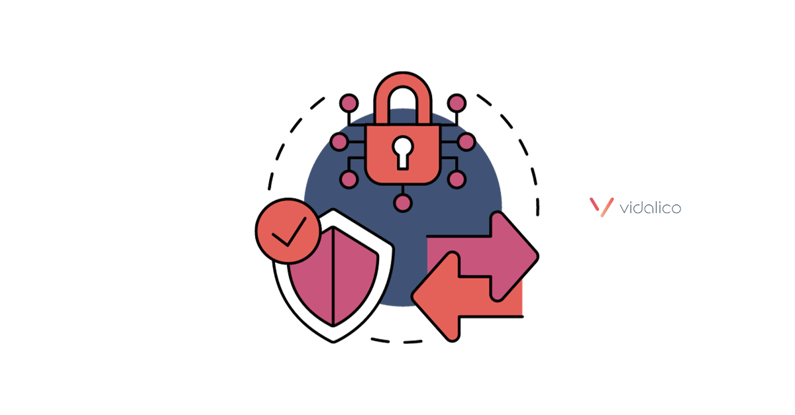Introduction
These days data breaches and information leaks are becoming increasingly common, and therefore, protecting sensitive data is no longer optional – it's a must. Implementing robust information protection strategies is critical, for organizations of all sizes, in any industry.
Let's try to understand why data protection should be a top priority for you and how you can get started:
1. The Necessity of Data Protection
Information is the lifeblood of modern organizations. Protecting this data is crucial for several reasons:
-
Maintain Customer Trust: In the digital age, customer trust hinges on data security. A breach can significantly damage your brand's reputation and customer relationships.
-
Regulatory Compliance: With regulations like GDPR, failing to protect data can lead to hefty fines and legal consequences.
-
Intellectual Property Safety: Protecting your data means safeguarding your intellectual property, a key component of your competitive advantage.
2. Getting Started with Data Protection
Embarking on an information protection strategy can seem overwhelming, but it’s manageable with the right approach. Here's how to begin:
-
Assess Your Data Landscape: Understand what data you have, where it resides, and its sensitivity level. This assessment forms the foundation of your protection strategy.
-
Define Policies and Procedures: Develop clear data protection policies. This includes classifying data and defining who has access to what.
3. Leveraging Advanced Capabilities of Modern Information Protection and Compliance Solutions
The modern solutions, such as Microsoft Purview, offer advanced capabilities that can significantly enhance your data security posture. Consider tools that provide:
-
Data Discovery and Classification: Automatically identify sensitive information types across your organization. This can include everything from financial records to personal information.
-
Data Labeling and Data Loss Prevention: Implement solutions that automatically apply labels to sensitive data and monitor its use, preventing accidental sharing or leaks. You can even apply AI-powered data classification using built-in pre-trained classifiers provided by Microsoft.
-
Risk Assessment and Analytics: Use tools that provide insights into how data is being used and identify potential risks or anomalous activities.
4. Continuous Monitoring and Training
Information protection is not a set-it-and-forget-it solution. Continuous monitoring of your data environment is vital. Additionally, regularly training your staff on data security best practices is equally important.
5. Embrace a Culture of Security
Lastly, fostering a culture that values data security across all levels of your organization is crucial. When everyone understands the importance of data protection, compliance becomes part of your operational fabric.
Conclusion
In the data-driven world, data protection is no longer just an IT issue; it's a business imperative. By understanding your data, leveraging advanced tools for protection and monitoring, and fostering a culture of security, your organization can not only comply with regulations but also gain and maintain the trust of customers and stakeholders. Start your journey towards robust information protection today – your customer relationships, and brand reputation can depend on it.

At Vidalico, we are passionate about helping you to manage your data better, as this will help you to understand your customers too! Our mission is to help organizations on their data management journey.
Together, let's harness the power of data!
Book a free data strategy call:


